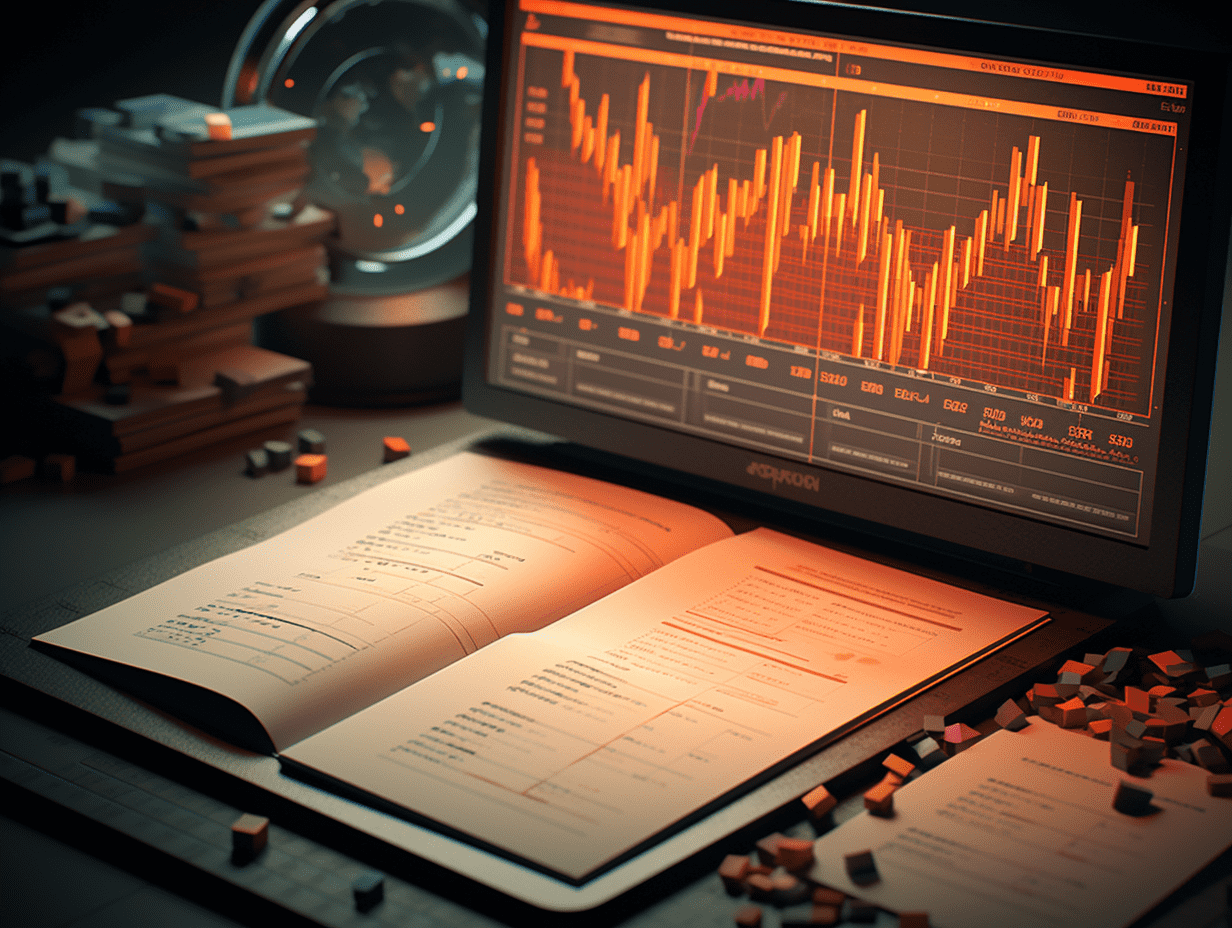The uncertainty of tariff policies disrupts the bond market. The auction of 20-year US Treasury bonds was "hot" and pushed up yields.
The auction of the 20-year US Treasury bonds has brought the supply of US Treasury bonds back into focus, with US bonds giving back some of the significant gains from the past week.
The auction of 20-year US Treasury bonds has put the focus back on US debt supply, resulting in a retracement of the significant gains seen in the past week. Previously, US Treasury bonds had risen as investors bet that US President Donald Trump would take a more cautious approach on tariff issues.
US Treasury bond yields have experienced some volatility recently. On Wednesday, yields rose slightly, with the yield on the 10-year Treasury bond increasing by 3.5 basis points to 4.61%, although last week yields had reached as high as 4.81%. Prior to this, concerns about the possibility of a trade war reigniting price pressures were eased due to softer US inflation data and Trump's decision to postpone immediate implementation of import tariffs, leading to a decline in Treasury bond yields.
Mark Nash, investment manager at Jupiter Asset Management, said, "You've seen the long end of the bond market sell off again, and that makes perfect sense." Nash had been buying 30-year US Treasury bonds before Trump took office.
While Trump has expanded tariff threats to China and the European Union outside of Mexico and Canada, the only concrete action he has taken so far is to call for a review of trade practices before April 1st. This may give trading partners nearly 10 weeks to avoid new tariffs or meet his demands.
Kathleen Brooks, research director at XTB, noted that investors may perceive, "Trump's rhetoric on tariffs is more significant than his actual actions." "The EU may also hope to see the US adopt a 'light tariff' approach."
Trump recently threatened to impose a 10% tariff on Chinese exports, much lower than the 60% previously considered. This has resulted in expected inflation indicators, including breakeven rates and forwards, declining, while an indicator of interest rate market future volatility has fallen from a seven-week high.
The president is trying to lower energy prices by maximizing domestic oil and gas production to alleviate pressure on American households. While December's Consumer Price Index (CPI) remained above the Fed's official target of 2.9%, an index excluding food and energy saw a decline.
Nash said, "This should help to contain domestic US inflation." "They are very wary of increasing living costs, as their voters are going to be very upset about that."
However, as Trump refines his tariff policy further, market expectations may adjust and prices could continue to fluctuate. Justin Onuekwusi, Chief Investment Officer at St James's Place, increased holdings of US Treasury bonds last year and is now waiting for further market volatility to add more.
He said, "It's still early days, the rhetoric and discussions are not yet over." "We haven't seen the end of this situation, so volatility in Treasuries will persist."
Alyce Andres, US rates and FX strategist at Bloomberg, said, "As President Donald Trump's inauguration approaches, the market has been trading on expectation around larger, earlier tariff measures (selling rumors), so rates may remain range-bound until official tariff policies are announced."
Ahead of the Fed's policy meeting next week, traders have fully digested the expectation of only one 25 basis point rate cut this year, likely in the second half.
Despite a slight increase in yields, the yield on the sale of $130 billion of 20-year bonds was still about one basis point lower than before the sale, indicating strong investor interest. Meanwhile, record bond sale orders were seen in the UK, France, and Spain this week.
Michael Leister, head of rate strategy at Commerzbank, said, "The market seems quite calm." "Whether it's Trump or the wave of supply, there hasn't been any surprises compared to previous pricing."
Related Articles

The US second-hand housing market is losing momentum in recovery, with existing home sales in November increasing slightly month-on-month but still falling by 1% year-on-year.

High inflation and employment concerns squeeze American consumer confidence, which has rebounded slightly but falls short of expectations.

The "three hands" of the Federal Reserve downplay rate cut expectations: monetary policy is in a relatively appropriate position, and there is no urgent need for adjustment.
The US second-hand housing market is losing momentum in recovery, with existing home sales in November increasing slightly month-on-month but still falling by 1% year-on-year.

High inflation and employment concerns squeeze American consumer confidence, which has rebounded slightly but falls short of expectations.

The "three hands" of the Federal Reserve downplay rate cut expectations: monetary policy is in a relatively appropriate position, and there is no urgent need for adjustment.






